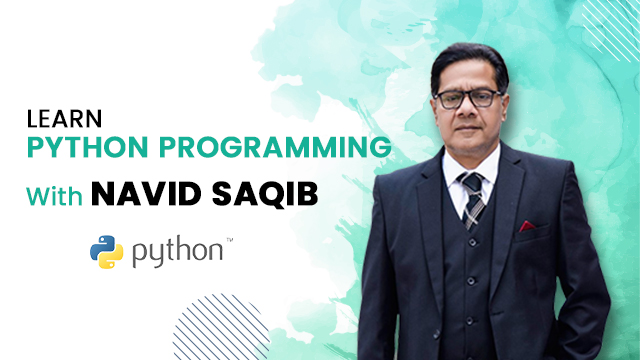In computer systems, number systems provide a way to represent and process data. Computers use binary (base-2), but humans commonly use decimal (base-10). Other number systems like hexadecimal (base-16) and octal (base-8) are also used in computing to simplify binary representation and to make programming and debugging easier.
The binary number system uses only two digits: 0 and 1. Each digit is referred to as a bit. Binary is the fundamental language of computers because digital circuits have two states: on (1) and off (0). Binary numbers are used to represent all types of data in computing, including text, images, sound, and instructions. For example, the binary number 1101 represents the decimal number 13.
The decimal system is the standard system used by humans and consists of ten digits from 0 to 9. Each digit has a place value based on powers of 10. For example, in the number 253, the digit 2 represents 2 × 100, the digit 5 represents 5 × 10, and the digit 3 represents 3 × 1. Although decimal numbers are not directly used by computers, understanding how to convert between binary and decimal is crucial for interpreting computer data.
The hexadecimal system uses sixteen digits: 0–9 and A–F (where A represents 10 and F represents 15). Hexadecimal is often used in programming and digital electronics because it provides a more compact representation of binary data. For instance, one hexadecimal digit represents four binary bits. The binary number 11110000 is equivalent to F 0 in hexadecimal. This makes it easier for programmers to read and write large binary numbers.
The octal number system uses eight digits: 0–7. Like hexadecimal, octal is sometimes used as a shorthand for binary. Each octal digit represents three binary digits. For example, the binary number 110101 is equivalent to 65 in octal.

